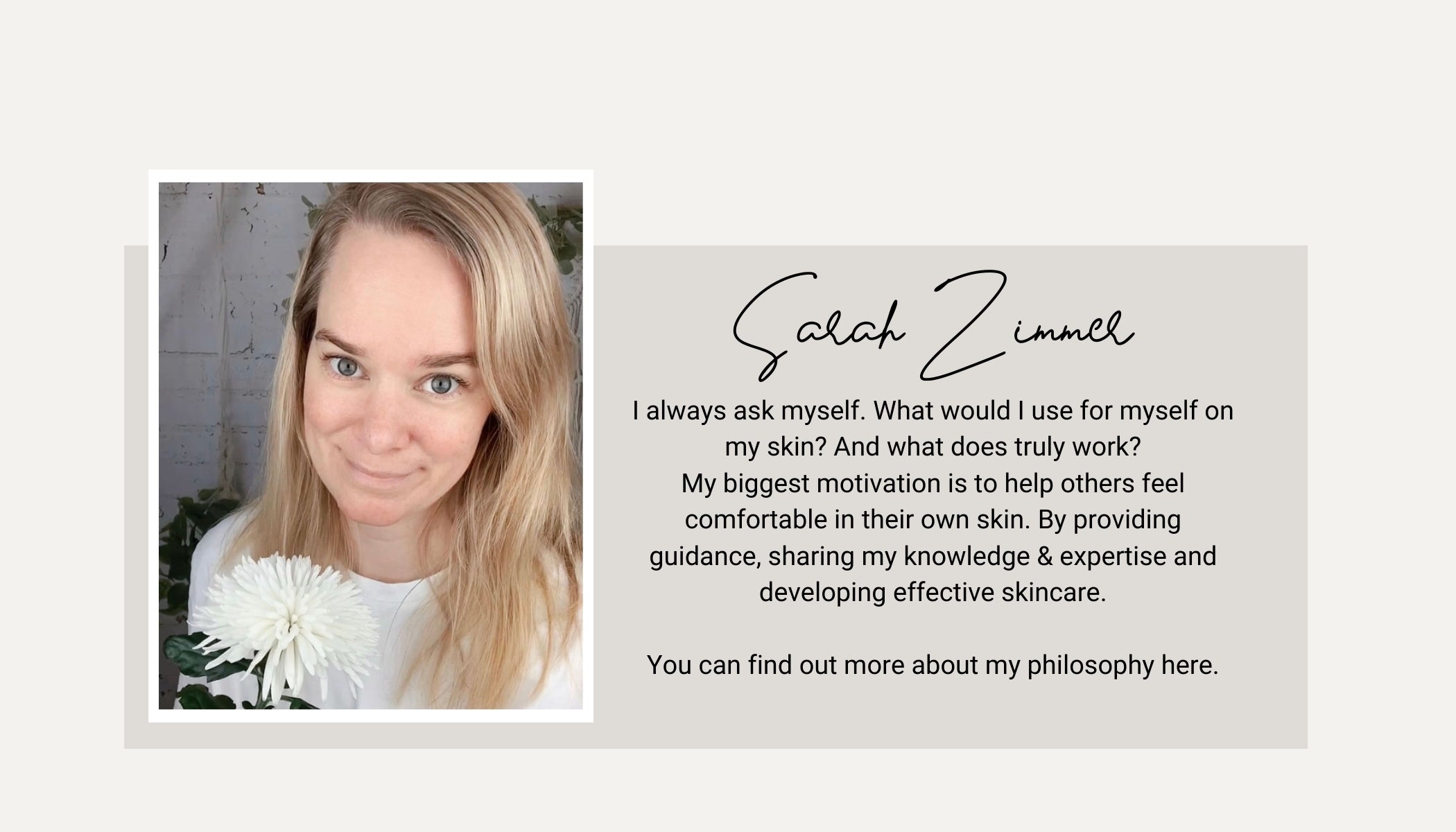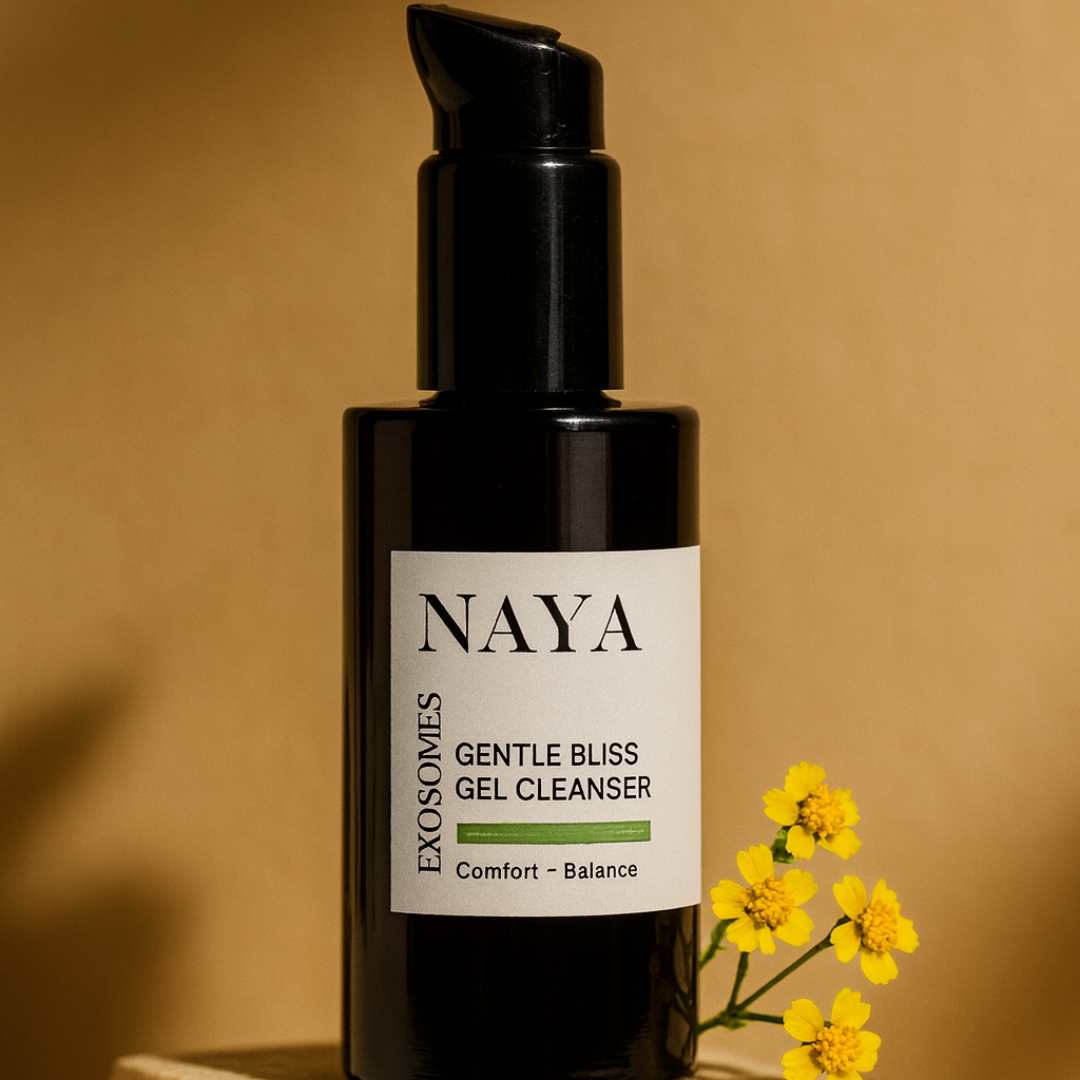WHY YOU SHOULD PROTECT YOUR SKIN FROM UVA (AND HOW)

UVA?
If you are visiting this article, most likely, you already know about SPF, UVB, and its relationship with skin cancer. But do you consider UVA protection when purchasing your sunscreen? Research has highlighted for years the importance of UVA protection. However, many brands don't talk about it. We want to change it.
So this post will tell you all about UVA:
- What UVA it is?
- What it does?
- And how to protect your skin against UVA?
What is UVA?
By now, you are fully aware that the sun emits rays that are damaging to our skin. The rays of the sun are a combination of UV, infrared, and visible light (including blue light as well).
UV can be divided into 3 types according to their energy:
UVC (WAVELENGTHS 100-280 NM)
This is the most harmful type of UV, with the highest energy and shortest wavelength. But it is the least penetrating one due to the protective ozone layer. So in this article, we won't focus on this wavelength.
UVB (WAVELENGTH 280-315/320 NM)
You probably heard about UVB. It is widely talked about for causing sunburn. About 90% of UVB from the sun is absorbed by the ozone layer, which means it’s a bigger issue for Australians and other people located near the South Pole, since they are closer to the Antarctic ozone hole.
UVB causes sunburns and skin cancer, but it’s mostly blocked by regular window glass. It’s also the type of UV light that’s involved in the production of vitamin D in the skin. UVB is strongest in summer, and in the middle of the day. Check out our Index post on instagram.
UVA (WAVELENGTH 315/320-400 NM)
UVA penetrates the atmosphere better than UVB and UVC, and makes up ~95% of the UV radiation reaching the Earth. It also penetrates deeper into your skin than UVB. And is the UV that is responsible for accelerating the aging process. Everyone has seen the image of the truck driver below.

UVA forms highly reactive free radicals in the skin, which randomly react with whatever’s around – for example, your skin’s proteins, DNA, and lipids. This damage is known as oxidative stress, and it leads to visible wrinkles and old-looking skin, as well as deadly melanomas. It’s the type of UV light that’s used in tanning beds and black lights.
Like UVB, UVA levels vary depending on the time of day and the season. However, it varies a lot less, so it’s important to think about UVA protection at off-peak times as well.
UVA is further subdivided into UVA1, which has longer wavelengths closer to the visible range (above 340 nm) and UVA2, with shorter wavelengths closer to the UVB range (below 340 nm).
UV Protection in Sunscreen - What is SPF?
Before we talk about UVA protection, let’s talk about SPF (Sun Protection Factor). This is the most well-known and referred to measure when it comes to assessing sunscreen protection.
Sunscreens must be always labelled with an SPF value in Europe. It tells you the sunscreen’s ability to protect you from erythemal UV – the type of UV that causes redness and burning. The higher the SPF, the higher the protection against erythemal UV.
Erythemal UV is mostly UVB, but shorter wavelengths of UVA are also involved. It’s estimated that about 80-91% of erythemal UV is UVB, with the remaining 9-20% UVA. If a sunscreen only protects against UVB and offers no protection against UVA, the highest protection that can be achieved is only SPF 11!
The problem is that SPF doesn’t tell you much information about UVA protection, particularly the longer wavelengths of UVA that aren’t involved in burning.
SPF 30 lets through 44% more UVB rays than SPF 50 — and tells you nothing about UVA.
SPF 30 vs. SPF 50: What’s the Real Difference?
Many think SPF 30 and SPF 50 are nearly the same — but the math tells a different story.
-
SPF 30 blocks ~97% of UVB rays
-
SPF 50 blocks ~98.3% of UVB rays
That 1.3% difference may sound small — but it actually means:
- SPF 30 lets through 3% of UVB
- SPF 50 lets through 1.7% of UVB
➡️ That’s a 44% more UVB exposure with SPF 30 compared to SPF 50!
And this only reflects UVB — SPF says nothing about UVA.
That’s why a sunscreen like ours, with SPF 50 and high UVA protection, offers the most complete defense — not just from burning, but from deep skin aging and long-term DNA damage.
UVA-Protective Sunscreen Ingredients
Look out for sunscreen with high protection against UVA, especially longer wavelength UVA1.
For a long time, the best ingredients for protecting against UVA1 were avobenzone and zinc oxide. These both had issues:
- Avobenzone gives very high protection, but it’s photounstable, which means it breaks down quickly in UV light (although it can be stabilised).
- Zinc oxide mostly gives even protection across UV wavelengths, but the protection it gives is quite low, which means you need a high concentration. But that means unpleasant sticky textures and white cast. So 4%, 10% of zinc oxide are not efficient enough to provide you with protection.
Both ingredients you won't find in our EVERYDAY Sun Cream SPF 50.
But luckily there are newer UVA-protective sunscreen ingredients on the market! Unfortunately they are mostly not available in the US unless you import your final sunscreen product! The US market is very restricted in the ingredients when it comes to UV protection and the newest innovation. As you learned above, they also test their sun protection in a different way than we do in Europe. In comparison to Europe, where we have access to the latest innovation when it comes to sunscreen. They tend to be photostable. And we carefully picked our ingredients so it also doesn't cause any eye or skin irritation.
Sun Safe Habits
In addition, it is advisable, to support your sunscreen with additional protection. You need to reapply suncream and you might miss a spot (such as your ears, hands or other little areas).
So why not explore our sun safe habits below:
- Wear sun protective clothing, hats and sunglasses.
- Hats are especially good for protecting your scalp – I don't know about you, but I never put sunscreen on my scalp.
- Seek shade and avoid sun exposure at peak times, especially during peak sun hours (usually 10 a.m. to 4 p.m.).
- Reflected UV will still cause damage, but less than direct UV.
- Seek shade: whenever possible, seek shade.
- Use broad-spectrum sunscreen against both UVA and UVB rays. We suggest our very own sunscreen, The Everyday Sun Cream SPF 50+.
- Reapply sunscreen when required and ideally every 3-4 hours. Or more frequently if you are swimming or sweating.
By adopting these sun-safe habits and using The Everyday Sun Cream SPF 50+ effectively, you can enjoy the outdoors while minimising the potential harm to your skin. Remember, protecting your skin from the sun's harmful rays is essential to maintaining healthy skin, reducing the risk of skin cancer in the long term and avoiding premature aging.
If you have further questions, please let us know. You can learn more about our new SUN CREAM SPF 50.








Leave a comment